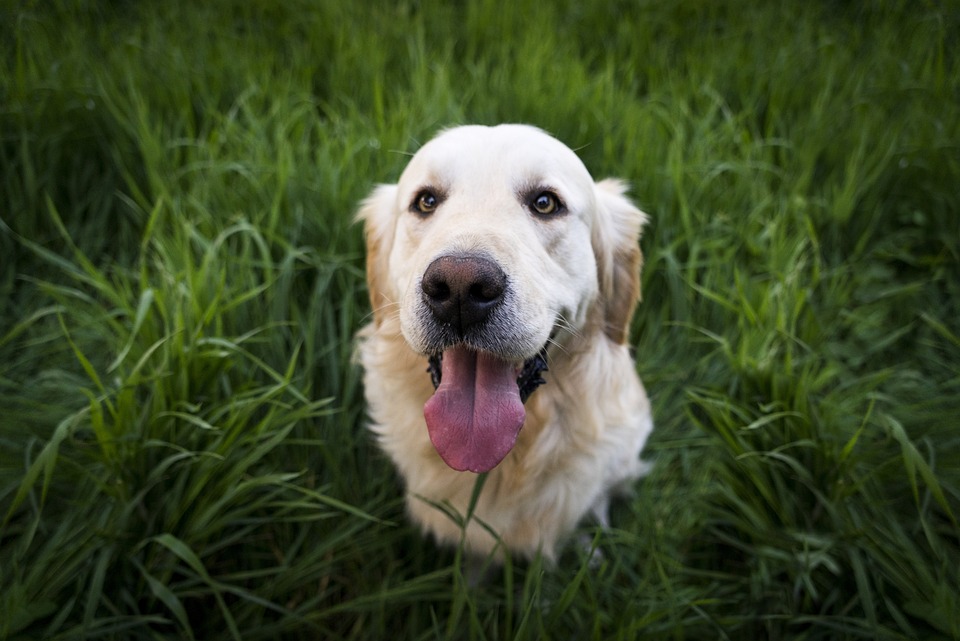Training senior dogs can be a rewarding experience that strengthens the bond between you and your furry companion. By understanding the aging process and its impact on training, you can tailor your techniques to meet their changing needs. Factors such as physical limitations, slower learning, and sensory changes should be taken into account when designing a training program.
One effective technique for senior dogs is positive reinforcement training. This involves rewarding desired behaviors with treats, praise, or play. Senior dogs often respond well to positive reinforcement as it motivates and encourages them. Using high-value treats and providing immediate rewards will reinforce the desired behavior and make training more enjoyable for your senior companion.
Due to their reduced stamina and slower cognitive processing, senior dogs may tire more quickly during training. To prevent mental and physical exhaustion, break training sessions into shorter, more frequent intervals. Aim for several 5-10 minute sessions throughout the day rather than one long session. This way, you can maintain their focus and prevent frustration.
Tailoring training exercises and activities to suit your senior dog’s physical abilities is crucial. Choose low-impact activities that don’t put excessive strain on their joints. For example, instead of high jumps, opt for low hurdles or gentle obstacle courses. You can also introduce mentally stimulating games, such as puzzle toys or scent work, to keep their minds sharp.
Consistency and repetition are key when training senior dogs. Stick to a consistent training schedule and use the same cues and commands throughout their training. Repetition helps reinforce learning and allows seniors to grasp and retain information better. Be patient and avoid rushing the process, as it may lead to confusion and frustration.
Keeping senior dogs mentally and physically stimulated is vital for their overall well-being. Combine training exercises with activities that engage their senses and challenge their minds. For example, hide treats around the house for them to find or introduce new toys to pique their interest. This enrichment not only enhances their training but also provides mental stimulation and prevents boredom.
In conclusion, training senior dogs requires a different approach that considers their physical and cognitive changes. By utilizing positive reinforcement, adapting exercises, and incorporating mental enrichment, you can effectively train your senior dog and strengthen your bond with them. Remember, patience, consistency, and adapting to their individual needs are the keys to success.









